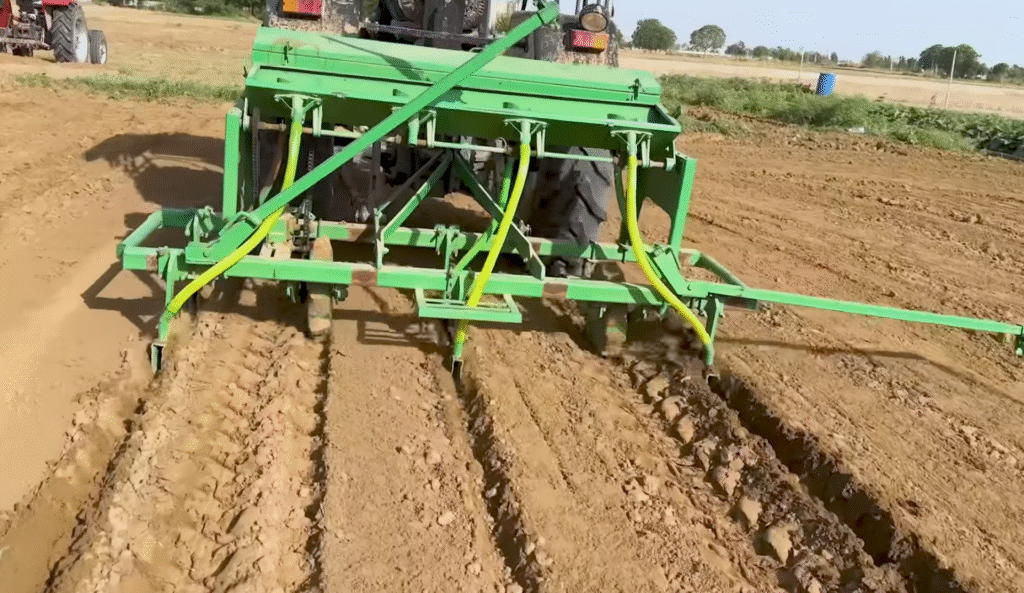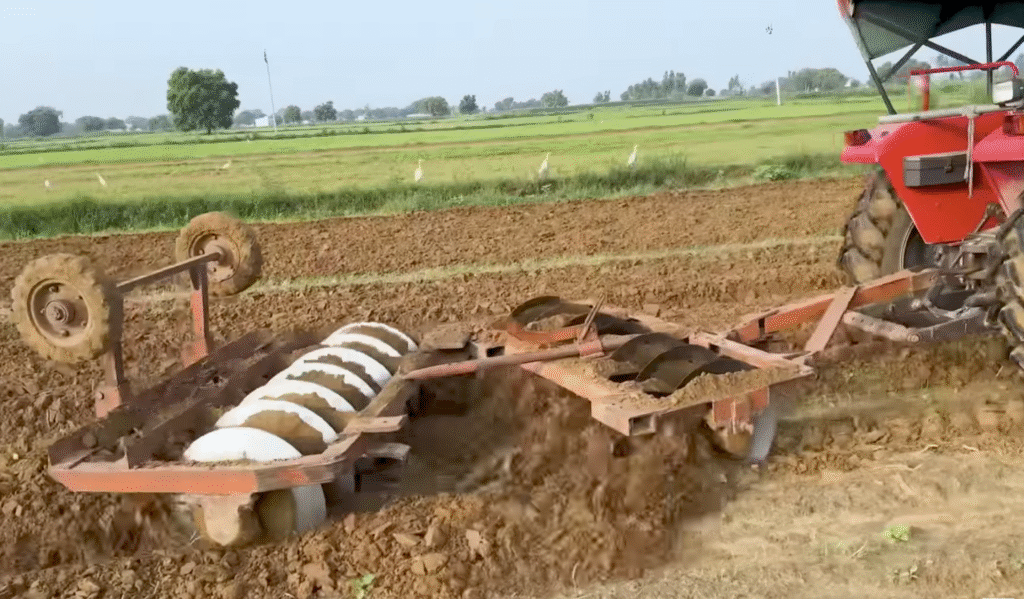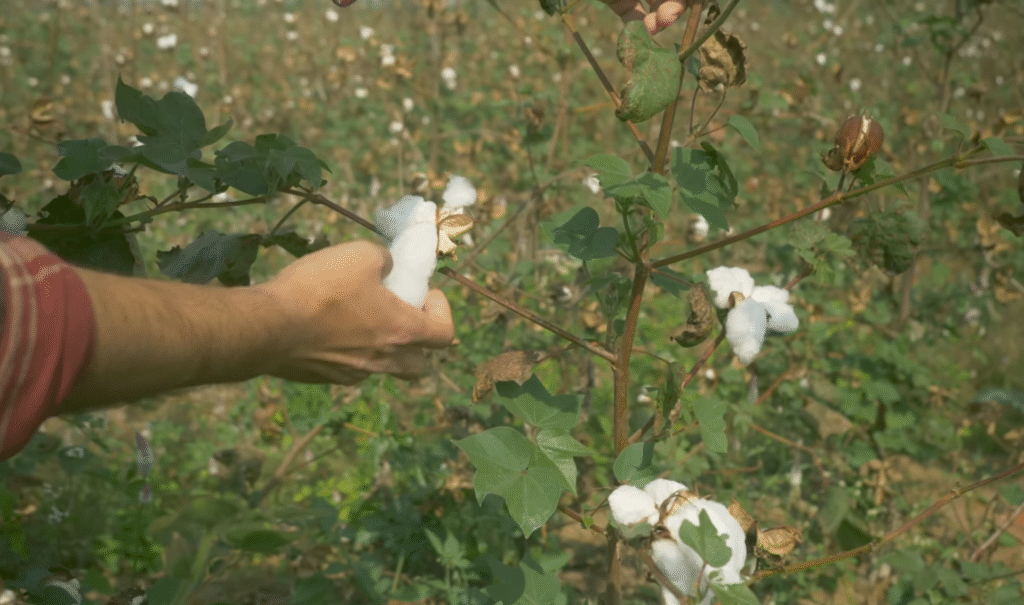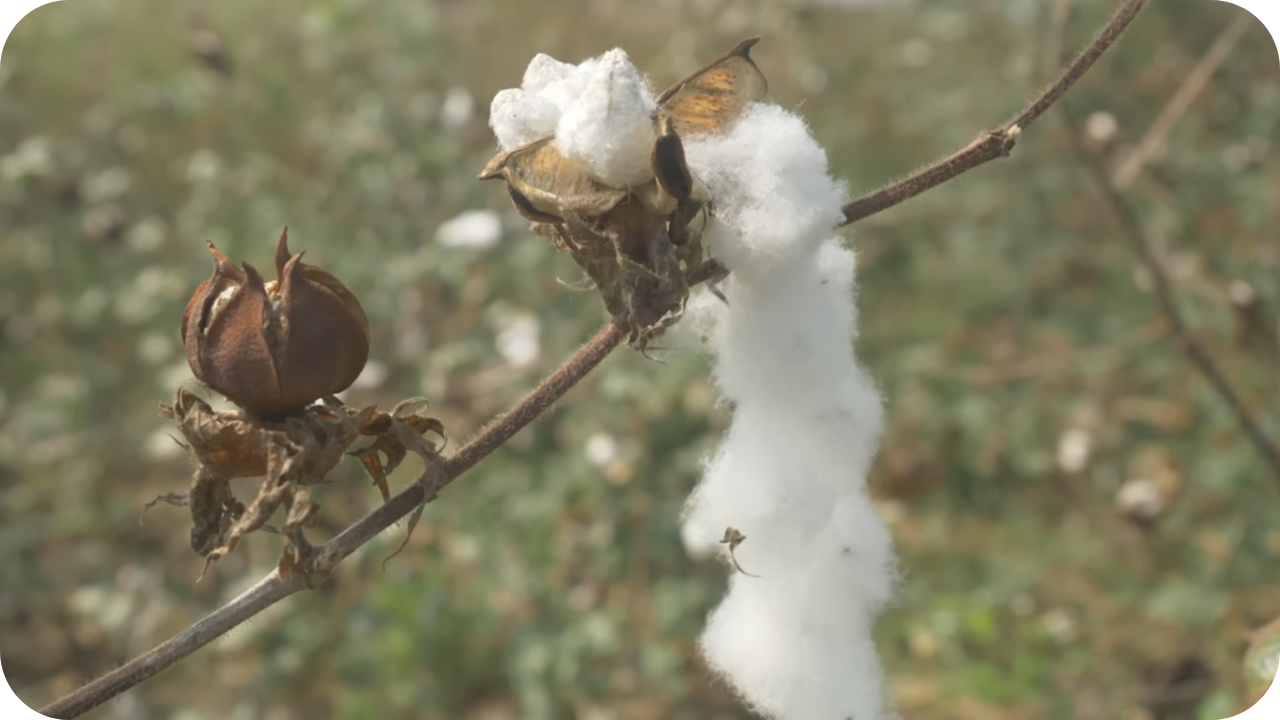Step by step guide and top varieties of cotton crop for farmers who are starting cotton farming.

People should note that the production of cotton is 50% dependent on its variety, while 50% of production is dependent on the preparation of the field. Which type of fertilizers you use while preparing your field and the weather also play a very big role.
Best time for sowing
The best time to sow cotton is between 20th April and 15th May. At this time, the production is maximum and diseases are also less. Coming on how to prepare the field before sowing cotton, it’s very important that farmers prepare the field in the beginning so that their crop lasts for a long time and gives good production.
Preparation of field

Step 1: First of all, you have to plow your empty field properly. You must have to plow deeply because the roots of cotton grow deep down. If the soil below your field is hard, then its roots will not be able to go deep, and the disease of uprooting will be seen first in those fields because the taller the plant of the cotton crop is, the larger its root spread is downward. So the soil must be softer. The softer the soil is, the deeper it will be able to settle the roots, and the roots will be able to expand well, and it will be able to pick up nutrients present inside the ground properly. So the first thing you have to do is to plow your field deeply.
Adding manure
After plowing your field deeply, you have to do another important work inside your field. You have to compulsorily put indigenous manure in your field. If there is only one basic mantra for success in cotton crops, it’s manure. In the field in which indigenous manure is applied, the cotton production is more in those fields. The cotton in those fields remains green for a long time, and also the uprooting is not seen in them.
Irrigation
After adding manure to your field, you have to plow your field again. Mix it well in the soil, and then you have to irrigate your field. Irrigation can be a crucial step, as if even a little moisture is lacking in the soil, then the seeds of the cotton crop in those fields are not able to germinate. So you have to irrigate your field well.
After Herbicide and Fertilizer
After irrigation, you have to apply pendimethalin in your field, which is a pre-emergence herbicide, meaning it prevents any weed from germinating. Spray it in the wet field. After doing this, you have to plow the field again. After plowing your field again, you have to take chemical fertilizers in basal doses to fulfill the requirement of phosphorus. You can either take 50 kg of single superphosphate, along with which you can also take 2 to 25 kg of urea. Mix them and sprinkle it in the entire field.
Using DAP and Potash
After adding necessary herbicides and fertilizers, you have to plow the field again and level it. Then comes the matter of DAP and potash. Potash will continuously supply phosphorus to your crop, and potash protects your crop from stress. You must use 25 kg per acre of potash and DAP while sowing cotton.
Varieties of Cotton crop

Note: Before reading about the below varieties of cotton plants, you must review your local area varieties. Which cotton variety has had higher production in recent years? In how many fields was cotton sown last year?
There are two or three varieties that have been performing well in the last 2 years. The first variety is the Tata company’s giant variety, which gave the highest production last year and is expected to dominate again, showing excellent overall performance with very few diseases. You can sow this variety in both light and heavy soil; overall, it’s a very excellent variety.
2. Next, some varieties from the Rasi company have shown excellent production in recent years. Rasi 773 performs well in heavy soil, and last year Rasi 846 also did very well in similar conditions. Both are highly recommended for heavy soil.
3. Now coming to the Dehaat company, it has two good varieties that are Emerald and Marvel. These are suitable for Rajasthan and Haryana. Emerald is a long-duration variety ready in about 152 to 155 days and performs well in both light and heavy soil, while the Marvel variety is good for states like Madhya Pradesh; it’s short, at about 132 to 135 days, with thick and large fruit and early flowering capability.
4. Next is Crystal Company’s 7172 variety, which has been a farmer favorite for several years. Apart from these two varieties, Talent and Simsim have also been widely planted by farmers in North India, and their performance has been very good in recent years.
Conclusion
Whenever there is no outbreak of any disease like the wild spreading of pink caterpillar, all these varieties give good production, but in years when pink caterpillar appears, most varieties’ yields are reduced. The farmer also plays the key role in controlling pink caterpillar. You can read more about this.

